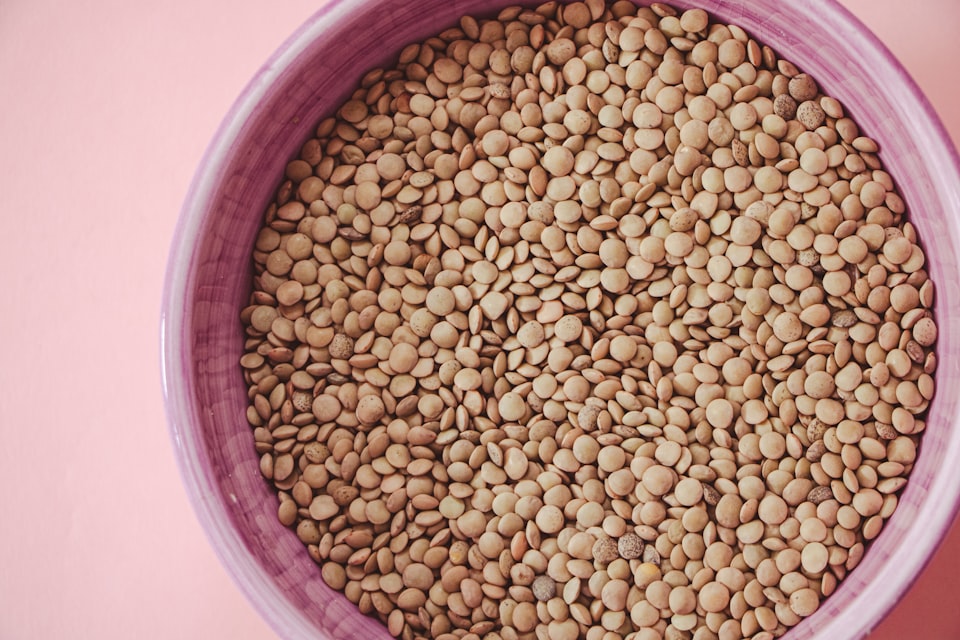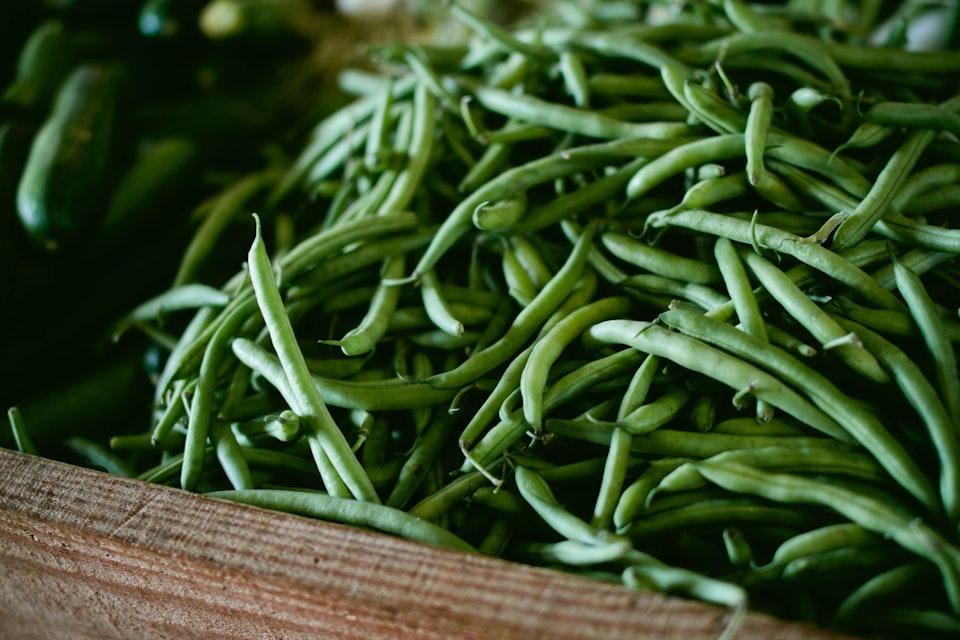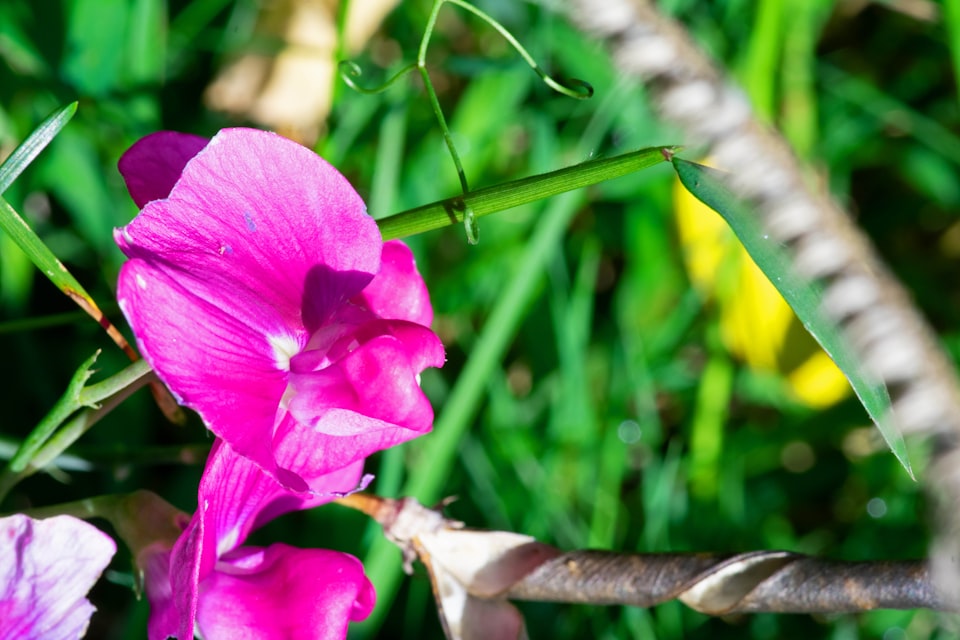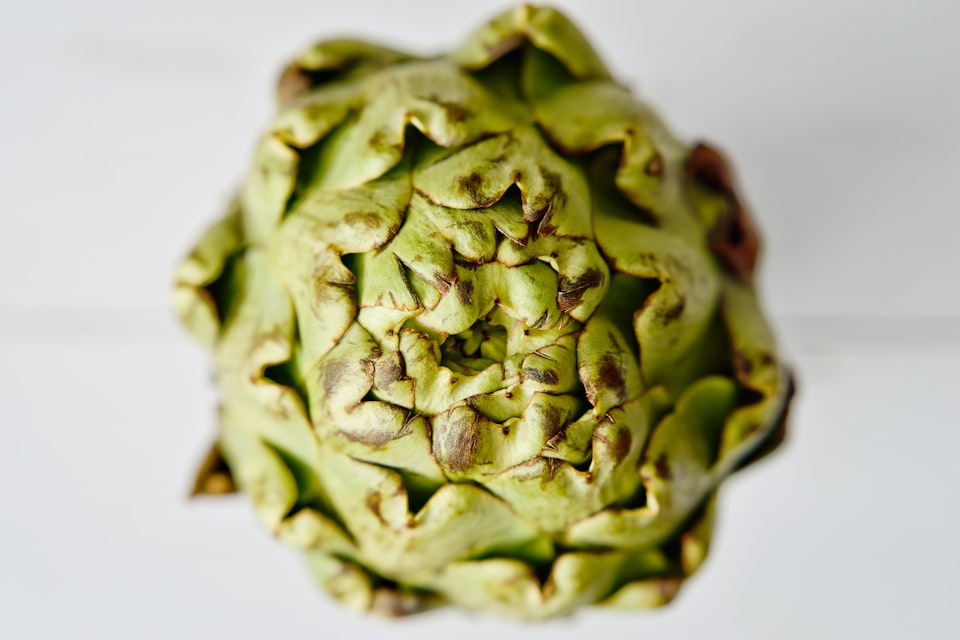VI: Spinach
The oldest spinach recipe is still good.

Good morning. Today is sextidi, the 16th of Ventôse, Year CCXXXI. We celebrate l'épinard, an edible green associated with health and strength.
💡
Spinach is full of vitamins and minerals, but cooked spinach has a terrible taste reputation, so a lot of people prefer to eat it raw, either as a salad green or blended into a drink. While this will still impart all the vitamins, the iron and calcium get locked away by spinach's oxalates – carbon-oxygen chains that act like flypaper for the minerals absorbed by spinach. Cooking spinach breaks down these oxalates to not only allow you to absorb the iron and calcium, but avoid possible kidney stones that come from trying to pass lots of little mineral clusters that your stomach couldn't handle. Don't panic: it takes a lot of raw spinach consumption to get a kidney stone. Still, find yourself a well-seasoned cooked spinach recipe if you really want the nutritional value.
To vastly oversimplify a complex historical figure's life and works, King Richard II stopped spending money on wars so that he could spend it on pretty things. Much is made of his patronage of the arts, especially painting and architecture (he ordered significant rebuilds of Westminster Hall). English, the language as we've come to know it, emerged during his reign, which was also the time of Chaucer. In terms of intelligible history, a lot got going under Richard II.
Including the oldest known cookbook in English, The Forme of Cury.



